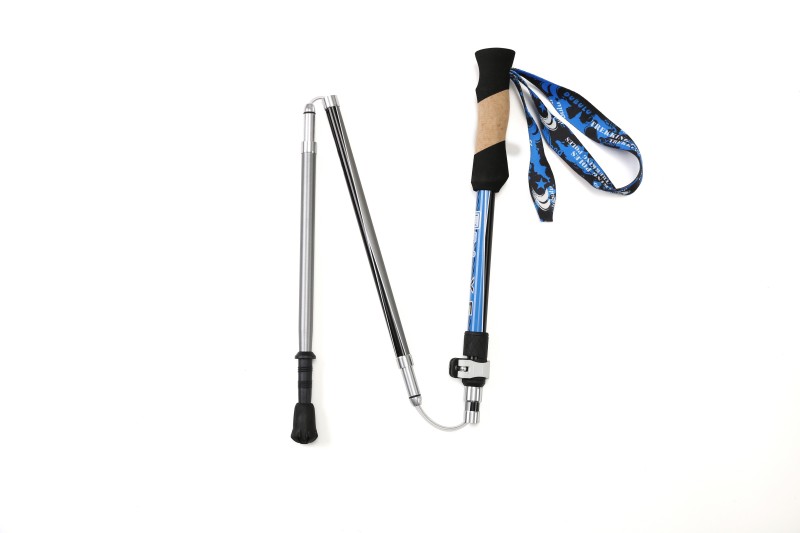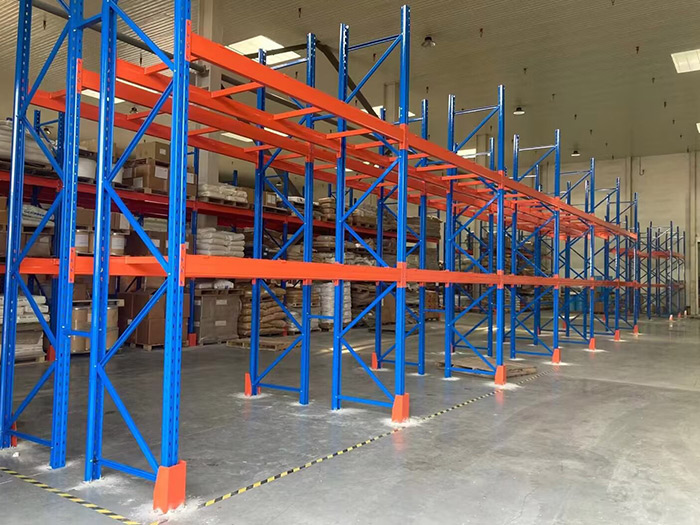Compression leggings have surged in popularity over the past decade, becoming a staple in both athletic and casual wardrobes. While many wear them for their sleek appearance and comfort, the real magic lies in the fabrics that make these garments so effective. Understanding what fabric compression leggings are made from can enhance your workout experience, improve recovery, and even influence your overall health. In this article, we will delve into the various materials used in compression leggings, their properties, and how they contribute to performance and comfort.
The Core Materials of Compression Leggings
Compression leggings are primarily crafted from a blend of synthetic fibers, which are engineered to provide the necessary support and elasticity. The most common fabrics include:
- Polyester: Known for its durability and moisture-wicking properties, polyester is a staple in athletic wear. It helps keep the skin dry by drawing sweat away from the body, making it ideal for high-intensity workouts. Additionally, polyester is resistant to shrinking and stretching, ensuring that your leggings maintain their shape over time.
- Nylon: This fabric is favored for its smooth texture and exceptional stretchability. Nylon compression leggings provide a snug fit that enhances muscle support without restricting movement. The lightweight nature of nylon also contributes to breathability, making it a popular choice for both warm and cool weather workouts.
- Spandex (or Lycra): Often blended with polyester and nylon, spandex is the key ingredient that gives compression leggings their elasticity. This synthetic fiber allows for a full range of motion, which is crucial during dynamic activities such as running, yoga, or weightlifting. The compression effect is achieved through the tightness of the fabric, which helps improve blood circulation and reduce muscle fatigue.
Advanced Fabric Technologies
Beyond the basic materials, many brands incorporate advanced fabric technologies to enhance the performance of compression leggings:
- Moisture Management: Many compression leggings feature advanced moisture-wicking technologies that not only draw sweat away from the skin but also promote quick drying. This is particularly beneficial during intense workouts, as it helps regulate body temperature and prevents chafing.
- Antimicrobial Treatments: To combat odor and bacteria buildup, some compression leggings are treated with antimicrobial agents. This feature is especially useful for athletes who wear their leggings for extended periods or during multiple workouts.
- UV Protection: For outdoor enthusiasts, certain compression leggings are designed with UV protection properties. These fabrics help shield the skin from harmful ultraviolet rays, making them suitable for running or cycling in the sun.
- Seamless Construction: Many modern compression leggings utilize seamless technology to reduce friction and enhance comfort. This construction method minimizes the risk of chafing and irritation, allowing for a more enjoyable workout experience.
Choosing the Right Fabric for Your Needs
When selecting compression leggings, it’s essential to consider your specific needs and activities. Here are some factors to keep in mind:
- Activity Type: For high-impact sports, look for leggings with a higher spandex content for maximum support. If you’re engaging in low-impact activities like yoga, a blend with more nylon may provide the comfort and flexibility you need.
- Climate: In warmer climates, opt for lightweight, breathable fabrics that wick moisture effectively. Conversely, in cooler conditions, consider leggings with thermal properties to retain warmth.
- Fit and Compression Level: Different brands offer varying levels of compression. If you’re new to compression wear, start with a moderate level and adjust based on your comfort and performance needs.
Conclusion
Understanding the fabrics used in compression leggings is crucial for making informed purchasing decisions. The combination of polyester, nylon, and spandex, along with advanced fabric technologies, creates a garment that not only enhances performance but also provides comfort and support. By choosing the right leggings for your specific activities and needs, you can maximize your workout potential and enjoy the numerous benefits that compression wear has to offer. Whether you’re a seasoned athlete or a casual gym-goer, investing in high-quality compression leggings made from the right fabrics can make all the difference in your fitness journey.


